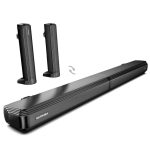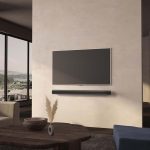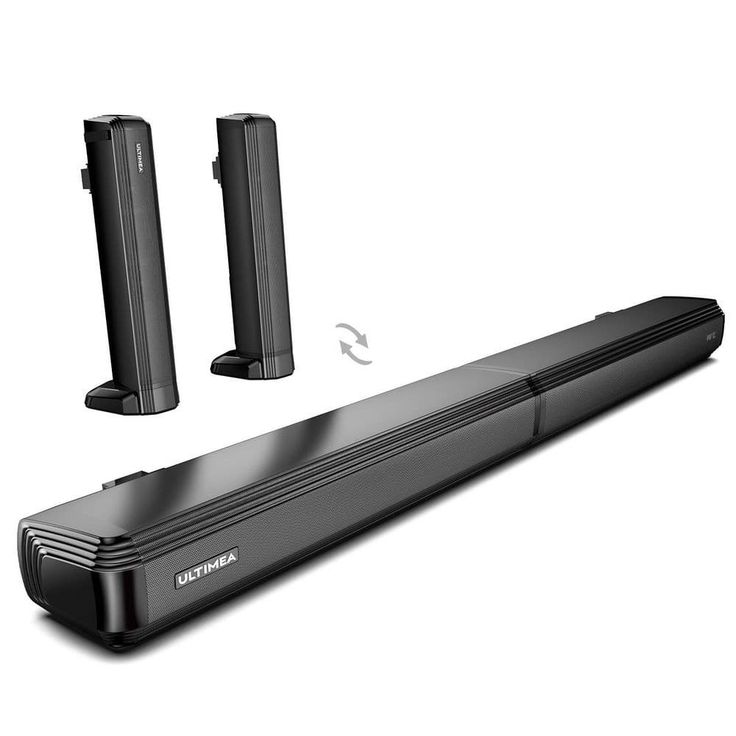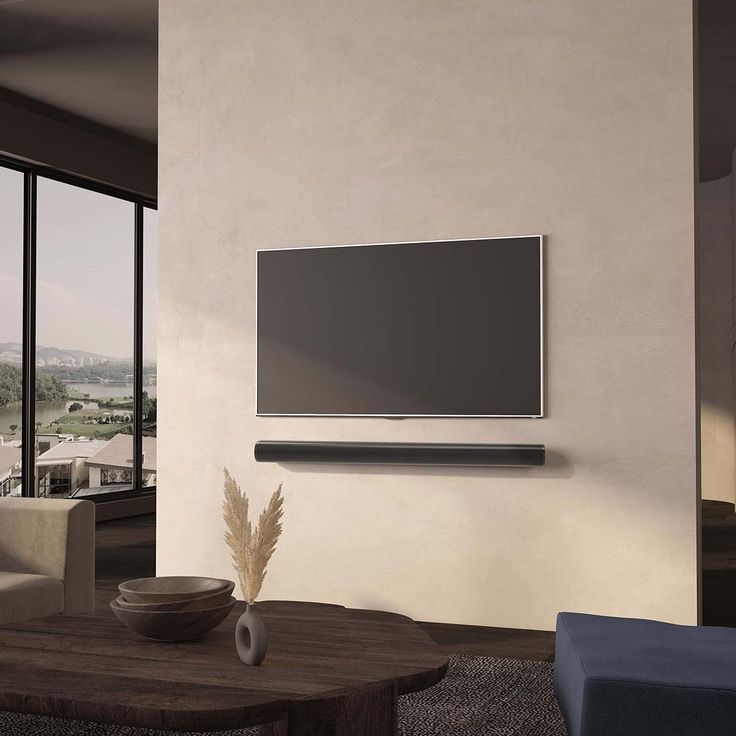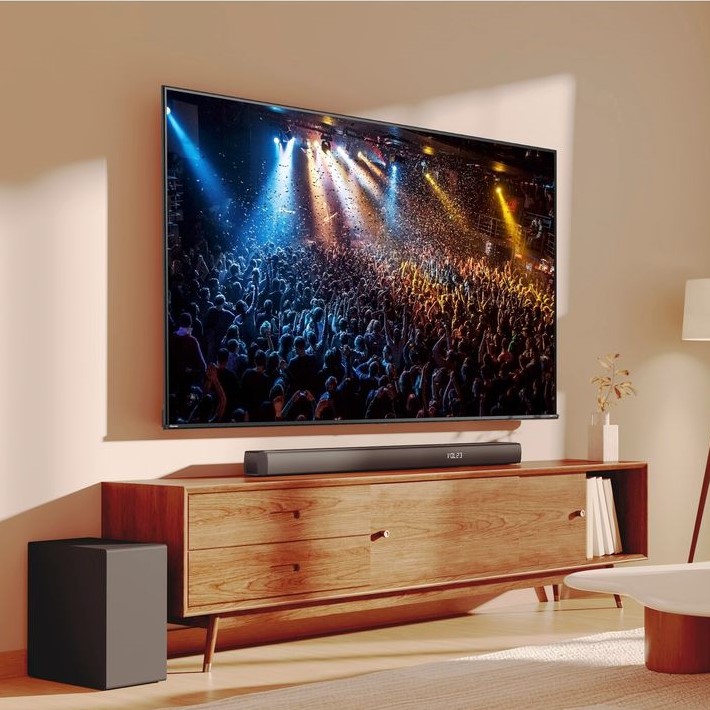Introduction
Vertical turntables are reshaping how music enthusiasts experience vinyl records. These innovative devices break free from traditional horizontal setups, offering a fresh approach to record playback. They have garnered attention for their bold design and functional advantages. By mounting a record vertically, they create a visually striking effect without compromising on sound quality. Let’s explore what makes vertical turntable unique and how they compare to traditional turntables.
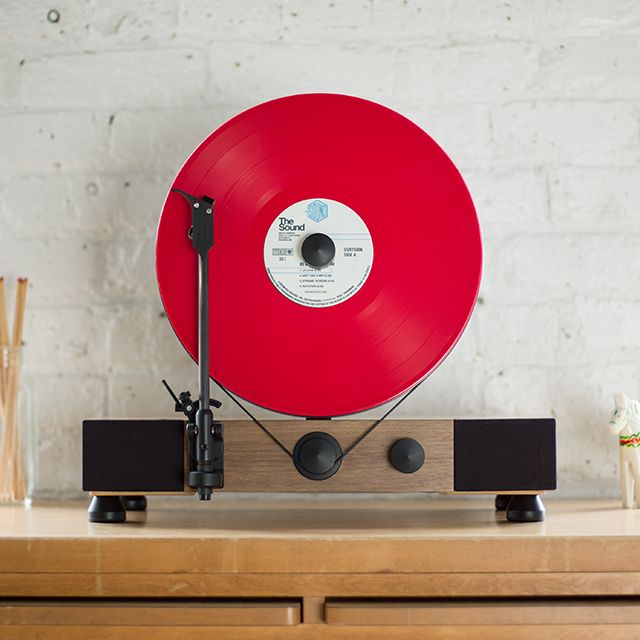
What Are Vertical Turntables?
Vertical turntables play records upright, attaching them securely to prevent movement. This setup uses engineering techniques to ensure stability during playback. The motor and tonearm work seamlessly, executing precise tracking of the grooves. Unlike conventional models, vertical turntables often require additional stabilization mechanisms to handle vibrations. Their design creates a modern, eye-catching aesthetic ideal for minimalistic spaces.
Key Differences Between Vertical and Traditional Turntables
Vertical turntables differ in design and functionality compared to horizontal models. The most noticeable difference is the upright orientation and mounting method. Traditional turntables rely on flat rotation surfaces, while vertical versions secure records to prevent wobbling. Vertical models prioritize space-saving benefits, making them ideal for small rooms or busy environments. Additionally, their visuals appeal to users seeking modern aesthetics over classic design. Despite these differences, both types strive to deliver exceptional sound performance and enrich the vinyl playback experience.
The Technology Behind
Vertical turntables incorporate advanced engineering to ensure exceptional vinyl playback. Their upright design requires innovative features for stability and audio precision. Let’s explore how these devices operate seamlessly.
Engineering Features That Enable Vertical Playback
Vertical turntables use specialized mechanisms to play records in an upright position. The record is securely fastened to avoid shifts or movement during playback. Advanced stabilization systems prevent vibrations, ensuring smooth operation. The tonearm is finely calibrated to maintain accurate groove tracking despite gravity’s influence. Motors are designed for consistent rotation speed to achieve precise sound reproduction. These engineering innovations allow vertical turntable to perform efficiently.
Maintaining Audio Quality in Vertical Orientation
Maintaining audio fidelity is a priority for vertical turntable. Secure attachment avoids skipping and enhances sound clarity. Anti-vibration designs minimize external disturbances during playback. Precision tonearms ensure the stylus follows grooves accurately for better sound reproduction. High-quality components, like motors and cartridges, are used for peak performance and reliability. These features guarantee that audio quality remains uncompromised in a vertical setup.
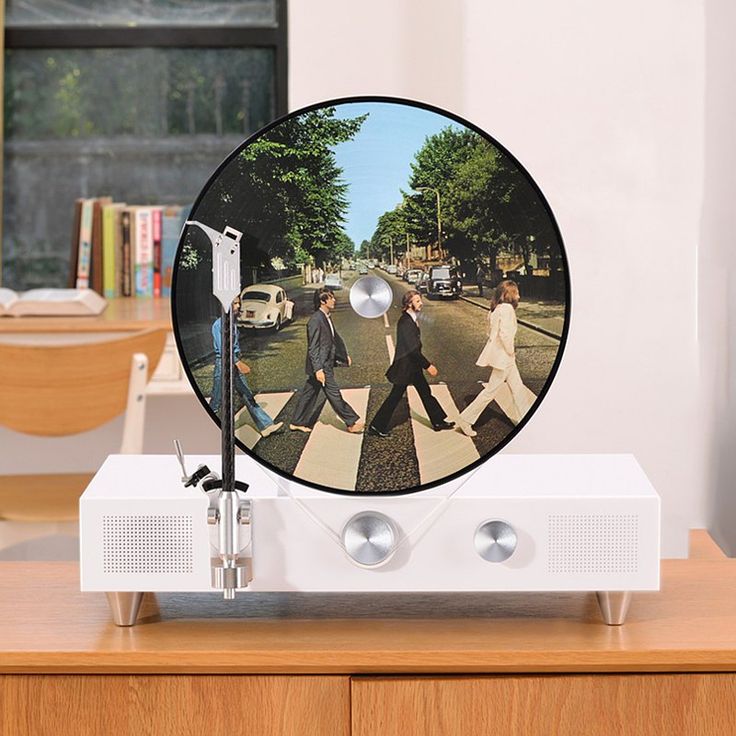
Benefits
Space-Saving Advantages
Vertical turntables provide a practical solution for small spaces. Unlike traditional horizontal models, they take up less surface area. Their upright design allows users to place them on tight shelves or wall-mounted stands. This makes them ideal for apartments, dorm rooms, or compact home setups. By saving space, vertical turntables let you enjoy vinyl without rethinking your room layout.
Enhanced Aesthetic Appeal and Modern Design
Vertical turntables combine function with striking design. Their upright positioning creates a unique visual centerpiece. Many models boast sleek, minimalist looks, perfect for modern interiors. Some even double as decorative pieces, blending seamlessly into your decor. Unlike bulkier traditional turntables, they bring a touch of elegance to vinyl setups. Their design appeals to both audiophiles and casual listeners.
Portability and Versatility
Vertical turntables are lightweight and easy to move. Their compact size makes them more portable than traditional players. Some models come with built-in speakers, eliminating setup hassles. They are also versatile, fitting into diverse spaces like offices, studios, or living rooms. This portability encourages users to enjoy vinyl wherever they want, extending its charm beyond just one room.
Challenges
Vertical turntables offer impressive benefits but come with certain challenges. These can affect performance and usability. Understanding these issues helps users make informed choices and optimize playback. Let’s discuss the main obstacles vertical turntables face.
Stability and Vibration Concerns
Vertical turntables require precise stabilization during playback. Records are mounted vertically, increasing the risk of vibrations. Poor stabilization can lead to sound distortion and skipped grooves. Advanced anti-vibration systems help reduce this issue but may not eliminate it entirely. External movements or improper setup can worsen these problems. Users must place vertical turntable on stable surfaces to minimize vibrations. High-quality models often offer better stabilization mechanisms for smoother performance.
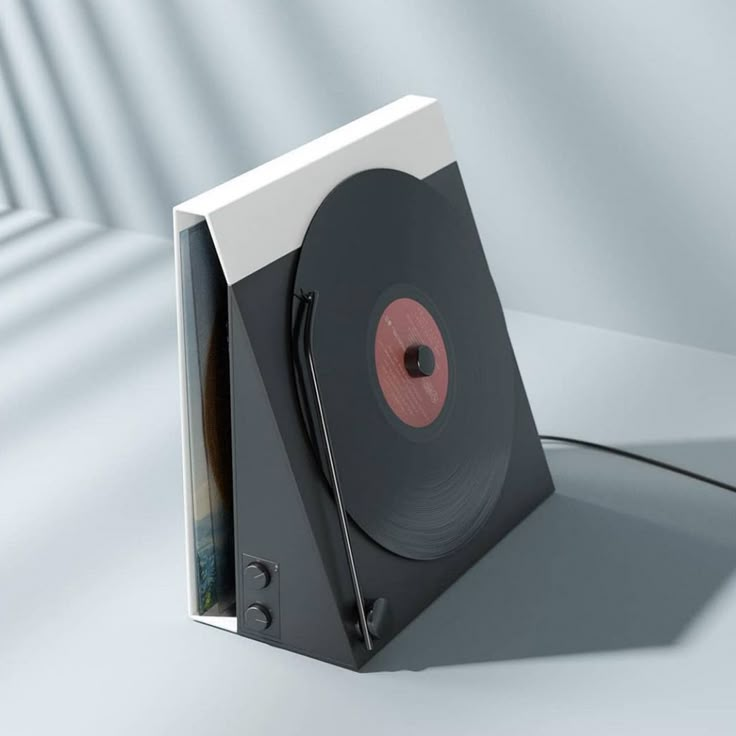
Vinyl Alignment and Playback Accuracy
- Importance of Accurate Vinyl Alignment
- Accurate alignment of vinyl records is crucial, especially for vertical turntable, where the orientation can influence sound quality.
- In a vertical setup, the way gravity interacts with the tonearm can impact its movement, potentially leading to inconsistent tracking of the grooves on the record.
- Effect of Gravity on Tonearm Movement
- Vertical turntables experience gravitational forces differently than traditional horizontal setups, which can result in changes in how the stylus interacts with the vinyl.
- If the tonearm is not properly aligned, it may exert uneven pressure on the record surface, which could lead to playback issues and misrepresentation of the audio signals.
- Potential Risks of Misalignment
- Misaligned records can lead to playback errors, such as skipping, distortion, or incomplete tracking of the grooves, which can detract from the listening experience.
- In addition to audio quality issues, improper alignment can increase the risk of stylus damage, potentially leading to costly replacements and diminished performance.
- Ensuring Proper Alignment
- Proper alignment of the stylus is essential to ensure that it accurately follows the grooves of the vinyl, allowing for clear and precise sound reproduction.
- Users should make use of alignment tools, such as protractors or laser alignment devices, to achieve optimal positioning of the cartridge and tonearm.
- Utilizing High-Precision Equipment
- Investing in high-precision tonearms and cartridges can significantly enhance playback accuracy, allowing for better audio fidelity.
- While these components can mitigate various alignment challenges, they require careful setup and calibration to unleash their full potential.
- Following Manufacturer Guidelines
- It is vital for users to adhere to manufacturer guidelines regarding the installation and alignment of turntable components to ensure proper functionality.
- Each turntable model may have specific requirements, so referencing the respective manuals can help in achieving correct setup.
Popular Models
Vertical turntables have captured the attention of both audiophiles and casual listeners. Various brands now offer models that combine stunning aesthetics with reliable performance. Here are some of the standout options and features worth considering.
Top Brands and Their Offerings
- Pro-Ject VT-E:
- Known for its sleek, premium design and high-fidelity sound quality.
- Features a pre-mounted Ortofon cartridge for accurate groove tracking.
- Easy to set up, making it a great choice for beginners.
- Audio-Technica AT-LP120XBT-USB:
- Combines portability with excellent Bluetooth capability.
- Designed with a professional-grade motor for consistent playback.
- Ideal for users seeking modern features like digital connectivity.
- Sony PS-HX500:
- Offers exceptional audio clarity with a high-resolution recording feature.
- Elegant and minimalist design suitable for any interior space.
- Stands out for its vinyl-to-digital conversion capability.
- Gramovox Floating Record:
- A visually stunning model that doubles as a decor piece.
- Features built-in speakers, reducing setup complexity.
- Appeals to users focused on style without sacrificing sound.
Features to Consider When Choosing a Vertical Turntable
- Stability Mechanisms:
- Look for models with robust anti-vibration systems.
- A stable tonearm ensures smooth and accurate playback.
- Build Quality and Materials:
- Opt for models made with durable, high-quality components, like aluminum or carbon.
- Consider setups that minimize wear on your vinyl.
- Sound Performance:
- Check for features like precise tonearms and quality cartridges.
- Ensure the turntable maintains consistency in rotation speed.
- Aesthetic Appeal:
- Choose a design that aligns with your room decor.
- Many vertical turntable double as art pieces while still being functional.
- Portability and Flexibility:
- Lightweight designs with built-in speakers offer greater versatility.
- Ensure the turntable fits into your available space with ease.
- Additional Features:
- Connectivity options like Bluetooth and USB ports enhance utility.
- Models with built-in preamps simplify speaker connections.
By considering these models and essential features, you can find the perfect vertical turntable. Whether for sound quality, design, or convenience, there’s a model to suit every need.
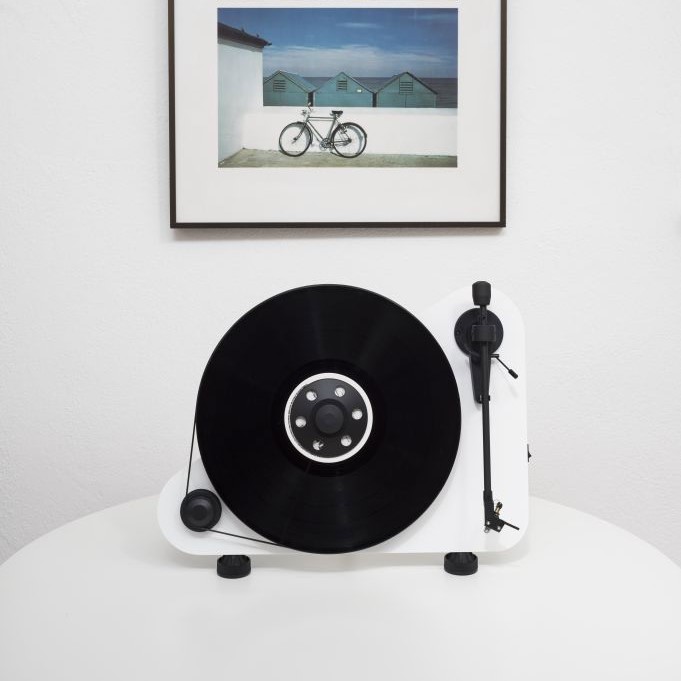
Tips for Using Vertical Turntables Effectively
Vertical turntables require proper handling to achieve the best performance and durability. Attention to setup and sound practices ensures optimal playback and preserves your vinyl collection.
Proper Setup and Maintenance
- Choose a Stable Surface: Place your turntable on a firm surface to prevent vibrations.
- Check Record Attachment: Ensure vinyl is securely mounted to avoid movement during playback.
- Tonearm Calibration: Adjust the tonearm for precise tracking and minimize groove damage.
- Clean Records Regularly: Dust and dirt can impact sound quality; clean vinyl before each use.
- Inspect Components: Periodically check motors, cartridges, and tonearms for wear and tear.
- Avoid Direct Sunlight: Overexposure to sunlight can warp vinyl and degrade turntable parts.
Best Practices for Optimal Sound Quality
- Fine-Tune Settings
- Follow the manufacturer’s guidelines carefully to ensure that you adjust the speed and weight settings of the turntable accurately.
- Pay attention to the recommended speed settings, typically 33 1/3 RPM or 45 RPM, depending on the vinyl record type.
- Adjust the counterweight on the tonearm to match the specific requirements of the cartridge, which can help in achieving optimal tracking and sound quality.
- Reduce External Noise
- Create a dedicated listening environment by operating the turntable in a quiet space, free from distractions and background noise.
- Consider soundproofing the area by adding rugs, curtains, or sound-absorbing materials that can minimize outside interference.
- Positioning the turntable away from sources of electronic interference, such as speakers or other audio equipment, will also help in preserving the audio quality.
- Use Quality Speakers
- Select high-quality speakers that are well-matched to your turntable to enhance the overall sound clarity and depth of music reproduction.
- Research and invest in speakers known for their fidelity and performance, as they greatly influence the listening experience.
- Experiment with speaker placement in the room to find the ideal position that provides the best soundstage and acoustics.
- Handle Vinyl With Care
- Always touch vinyl records by their edges, ensuring you avoid the grooves where dirt and oils can accumulate from your fingers.
- Use a clean, antistatic cloth or microfiber cloth to clean any dust or debris from the record surface before playing.
- Store vinyl records upright in a cool, dry place to avoid warping and damage.
Vertical Turntables in Modern Vinyl Culture
Vertical turntables have brought new energy to modern vinyl culture. Their unique design and functionality stand out. By blending aesthetics with innovation, they appeal to both enthusiasts and casual users. They enrich the vinyl experience while challenging traditional playback norms.
How They Redefine Vinyl Playback Trends
Vertical turntables are reshaping how people enjoy vinyl. Unlike classic horizontal models, they focus on design and space-saving benefits. These turntables cater to modern lifestyles, fitting well in compact or stylish spaces. Their integration of features like Bluetooth and USB connectivity reflects consumer demand for versatility.
Their upright orientation has also shifted the image of turntables from functional devices to decor pieces. This shift symbolizes a blend of tradition and modernity. Vertical turntables attract younger audiences, highlighting vinyl’s timeless appeal in a fresh way. By breaking norms, they lead trends in a growing vinyl market.
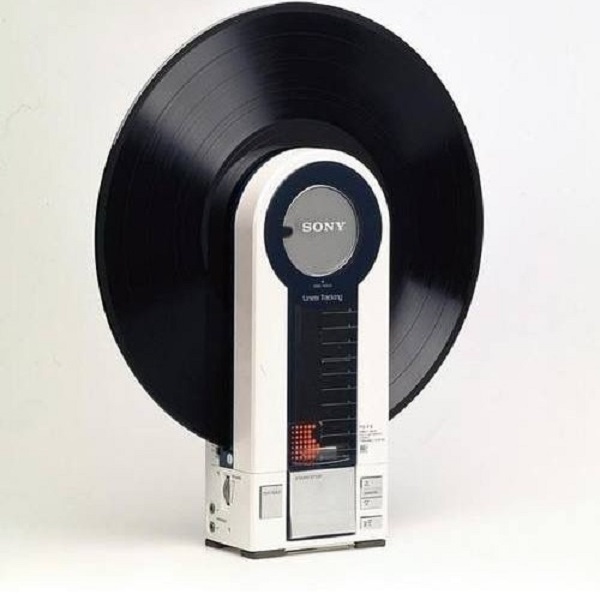
Impact on Vinyl Collectors and Audiophiles
Vertical turntables have divided opinions among collectors and audiophiles. Casual listeners praise their aesthetics and modern features. Collectors, however, may have concerns about sound fidelity and record preservation. These turntables appeal to collectors seeking innovative designs but less to those prioritizing sound precision.
Audiophiles often appreciate the engineering in high-end vertical models. Some models meet their demands for precise sound and stable playback. However, the gravity-influenced design requires more careful calibration. This aspect can make them less appealing to purists.
Despite differing opinions, vertical turntables maintain vinyl’s relevance by attracting diverse audiences. They ensure vinyl continues to thrive as both an art form and a hobby.
Conclusion
The vertical turntable is changing the way people listen to vinyl. With its unique design, improved sound quality, and modern features, it offers a fresh approach to an old medium. Whether you’re a longtime vinyl collector or just discovering the magic of analog sound, the vertical turntable is worth considering.
This guide has explored what a vertical turntable is, how it works, and why it is revolutionizing vinyl playback. From its ability to reduce vibrations and improve tracking to its compact design and advanced features, the vertical turntable has something to offer everyone.
As the demand for high-quality audio continues to grow, the vertical turntable is likely to become even more popular. It represents the future of vinyl playback—where tradition meets innovation.
So, if you’re ready to take your vinyl listening experience to the next level, consider upgrading to a vertical turntable. You won’t be disappointed.




